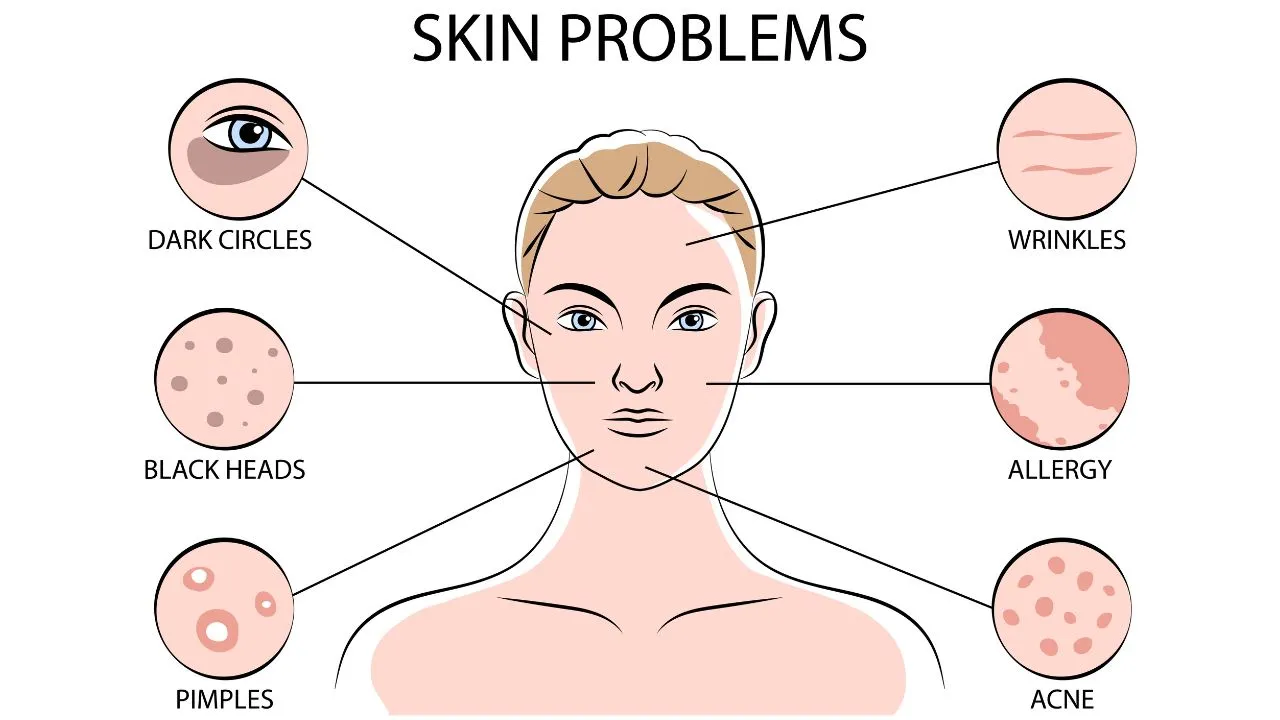Exploring the most up to date Breakthroughs in Dermatology: Mohs Techniques for Reliable Skin Cancer Cells Treatment
In the progressing landscape of dermatology, Mohs surgical procedure has become a groundbreaking technique in dealing with skin cancer cells. This method, known for its precision and efficacy, has actually revolutionized the domain, supplying a sign of hope for individuals with basal and squamous cell carcinomas. As we unload the details of this procedure and its edge over conventional therapies, one can not assist yet contemplate the transformative prospective Mohs surgical procedure holds for the future of skin cancer cells treatment.
Comprehending the Principles of Mohs Surgery
A considerable number of individuals globally are significantly transforming to Mohs surgical procedure for skin cancer cells therapy. This specialized medical method, called after its pioneer Dr. Frederic Mohs, is primarily made use of to deal with one of the most usual types of skin cancer: basic and squamous cell cancers. The procedure involves the elimination of slim layers of cancer-containing skin, which are then thoroughly analyzed to make certain that all malignant cells have been removed. This precision allows for the preservation of as much healthy cells as possible, minimizing the danger of disfigurement. The efficacy of Mohs surgical treatment is amazing, boasting the highest success rate amongst treatments for skin cancer, with a reported five-year remedy price of approximately 99% for brand-new cancers cells.
The Introducing Duty of Mohs Surgical Treatment in Treating Skin Cancer
Despite the myriad of skin cancer treatments offered today, Mohs surgery holds a distinct introducing function. Developed by Dr. Frederic Mohs in the 1930s, this treatment has reinvented the area of dermatology by using the highest cure rate for skin cancer patients. Its precision and performance in getting rid of cancerous cells while preserving healthy tissue is unrivaled. Mohs surgical procedure is specifically efficient in dealing with hostile and reoccuring cancers, making it a preferred selection for skin cancers cells situated in cosmetically delicate or functionally crucial areas. Its pioneering duty transcends past its performance, affecting exactly how dermatologists comprehend and come close to skin cancer. This micrographic surgical treatment has actually established a brand-new requirement in skin cancer cells therapy, promoting survival and top quality of life for individuals worldwide.

The Procedure: A Step-by-Step Break Down of Mohs Surgical Treatment
Undertaking Mohs surgical treatment entails a careful, step-by-step process made to eliminate skin cancer while preserving healthy and balanced tissue. Originally, the noticeable lump is removed, adhered to by slim layers of skin bordering the area. Each layer is thoroughly checked out under a microscopic lense to look for cancer cells. If any type of are found, one more layer is gotten rid of from the specific location where the cancer was identified. This procedure continues until no cancer cells exist in the skin sample. Unlike standard methods, Mohs surgical procedure enables the specialist to precisely identify when the cancer cells has been totally eliminated, lowering the requirement for additional treatment. The injury is then repaired, often on the very same day, depending upon the dimension and location of the eliminated cells.
Key Perks of Opting for Mohs Surgical Treatment: Effectiveness and Accuracy

Mohs Surgical procedure vs. Traditional Skin Cancer cells Treatments: A Relative Evaluation
The comparative evaluation in between Mohs surgery and typical skin cancer treatments demands a comprehensive understanding of both methods. The initial part of the evaluation will certainly translate the process of Mohs surgical treatment, followed by an expedition of traditional therapies. The final facet of the contrast will focus on the efficiency of each approach, providing a clear contrast between Mohs and typical therapies.
Understanding Typical Treatments
Individuals fighting skin cancer cells usually challenge an overwelming variety of therapy choices. Conventional treatments mainly involve surgical excision, cryotherapy, radiation, and topical chemotherapy. In medical excision, the cancerous tissue is removed along with some bordering healthy skin. Cryotherapy makes use of severe cold to eliminate cancer cells, while radiation therapy utilizes high-energy rays to damage them (skin cancer). Topical chemotherapy involves applying a cream or gel directly onto the skin cancer cells. While these treatments can be effective, they might likewise cause scarring, discomfort, and sometimes, recurrence of the cancer cells. The option of treatment requires a careful equilibrium between removing the cancer site link extensively and protecting as much healthy skin as possible. The next area will explore the Mohs surgical procedure, a technique that aims to attain this equilibrium.
Deciphering Mohs Surgical Treatment
Considerable developments in clinical scientific research have actually led the way for even more nuanced and patient-friendly strategies to skin cancer cells treatment. One such improvement is Mohs surgical treatment, a specialized treatment that stands out in treating certain kinds of skin cancer cells. Unlike conventional treatments that often eliminate extra healthy skin around the lump, Mohs surgery is an accurate strategy that entails removing skin cancer layer by layer while analyzing each layer under a microscopic lense until no cancer cells stay. This not just ensures total elimination of cancer cells however additionally decreases damage to surrounding healthy tissue. Nevertheless, Mohs surgical treatment is not ideal for all skin cancers cells and patient conditions, thus requiring a cautious examination by skin doctors. The option in between Mohs and traditional therapies largely relies on the certain conditions of each person.
Efficiency Contrast: Mohs vs. Traditional
While both Mohs surgical procedure and conventional skin cancer cells therapies have their advantages, a comparative evaluation reveals unique distinctions in effectiveness. The Mohs strategy, including the elimination of one skin layer at a time, has actually revealed higher remedy rates for read more both key and recurrent skin cancers. Client viability, cancer cells kind, and location significantly influence treatment outcomes.
Welcoming the Future: The Expanding Fostering of Mohs Surgical Procedure in Dermatology
This expanding adoption is associated to the procedure's high cure rates, particularly for basic cell cancer and squamous cell carcinoma, the most common kinds of skin cancer cells. Mohs surgical procedure provides the benefit of protecting a lot more healthy and balanced tissue than typical techniques, making it a preferred selection for dealing with cancers in cosmetically sensitive areas. Despite this, the future of dermatology seems to be accepting Mohs surgery as a crucial tool against skin cancer cells.
Conclusion
In summary, the advancements in Mohs surgical treatment strategies have actually transformed skin cancer therapy in dermatology. The procedure's accuracy in eliminating cancerous skin layers while conserving healthy and balanced tissue has shown its efficacy, leading to high treatment prices and low recurrence. Offered its supremacy over conventional techniques, the adoption of Mohs surgical treatment is anticipated to grow, positioning it my explanation as the future of reliable skin cancer cells treatment.